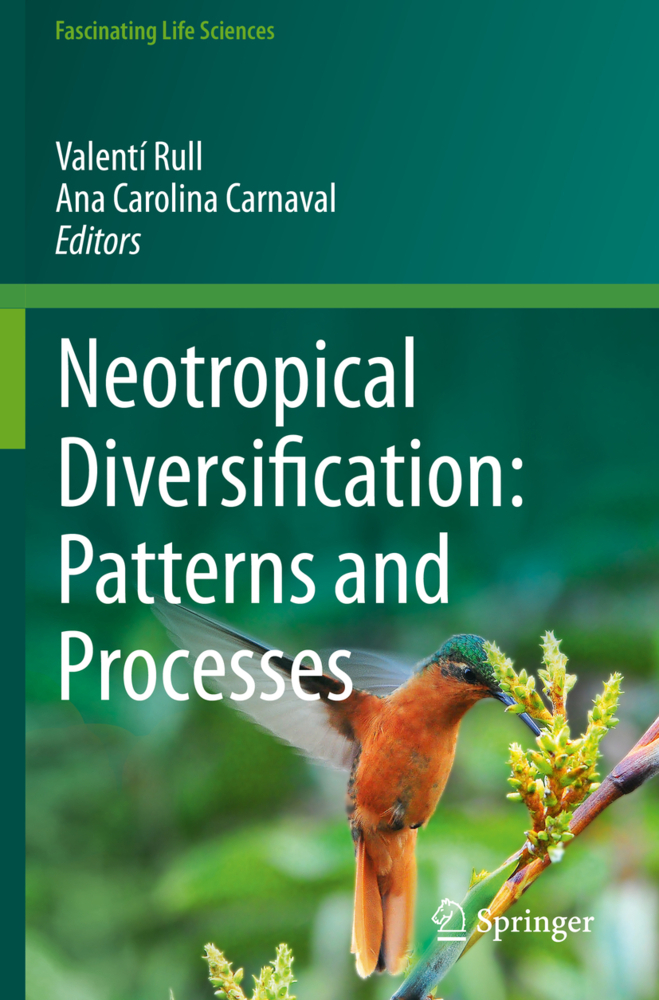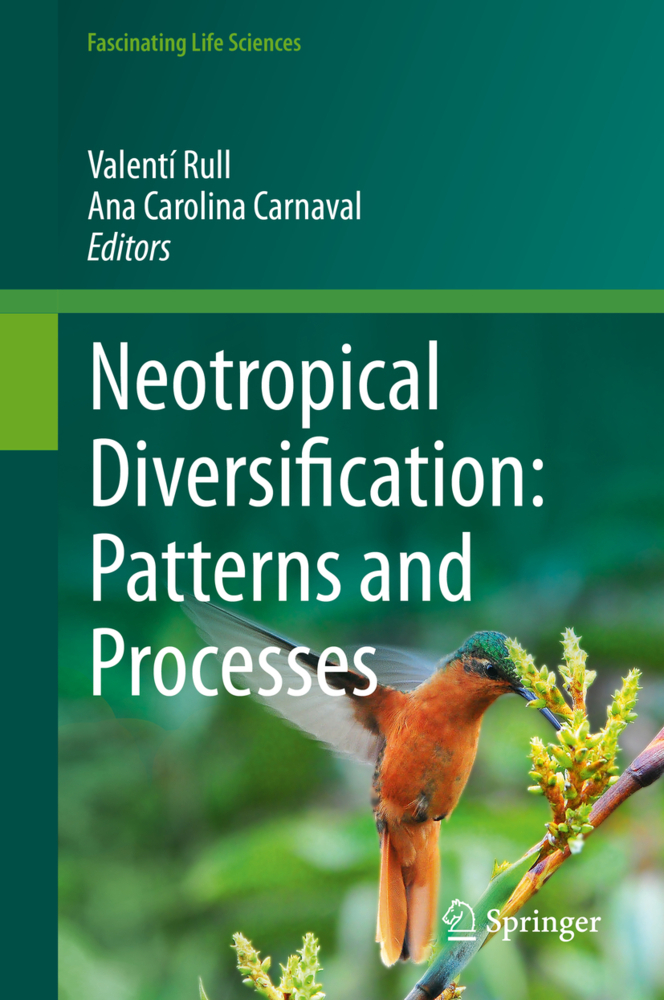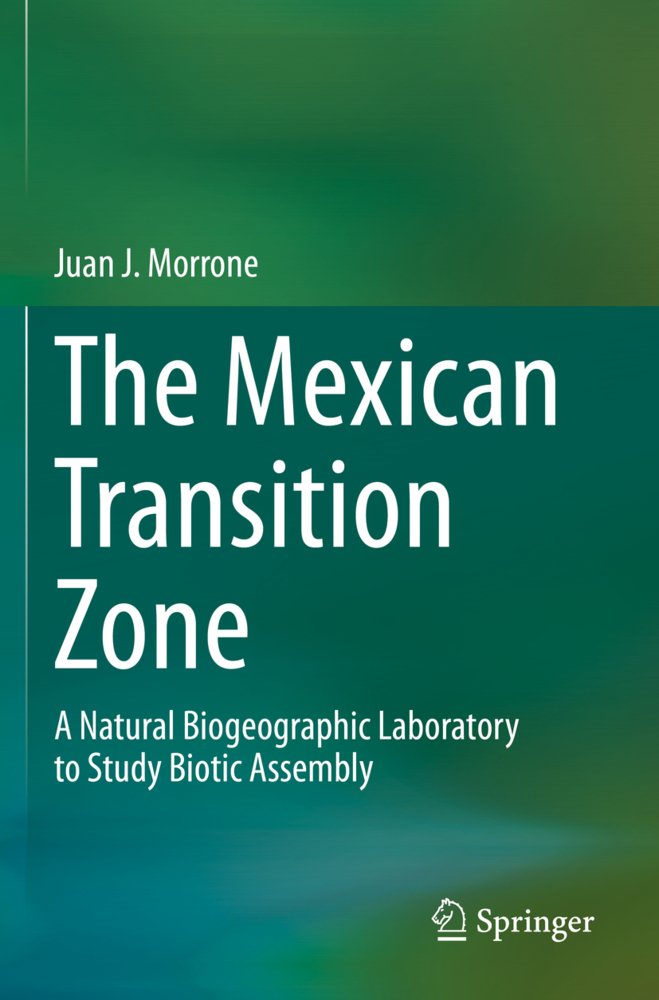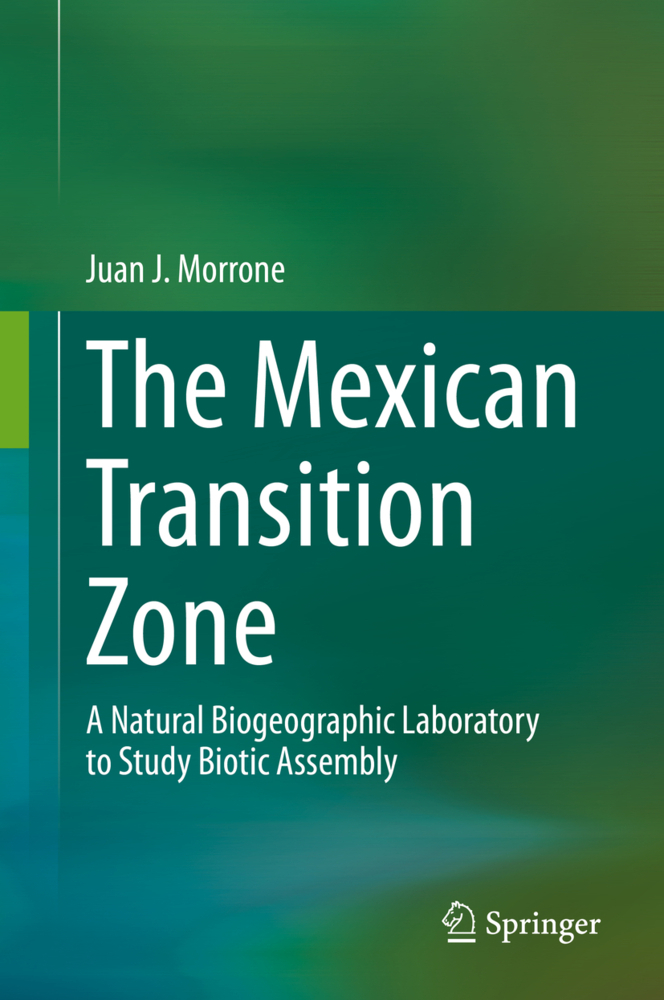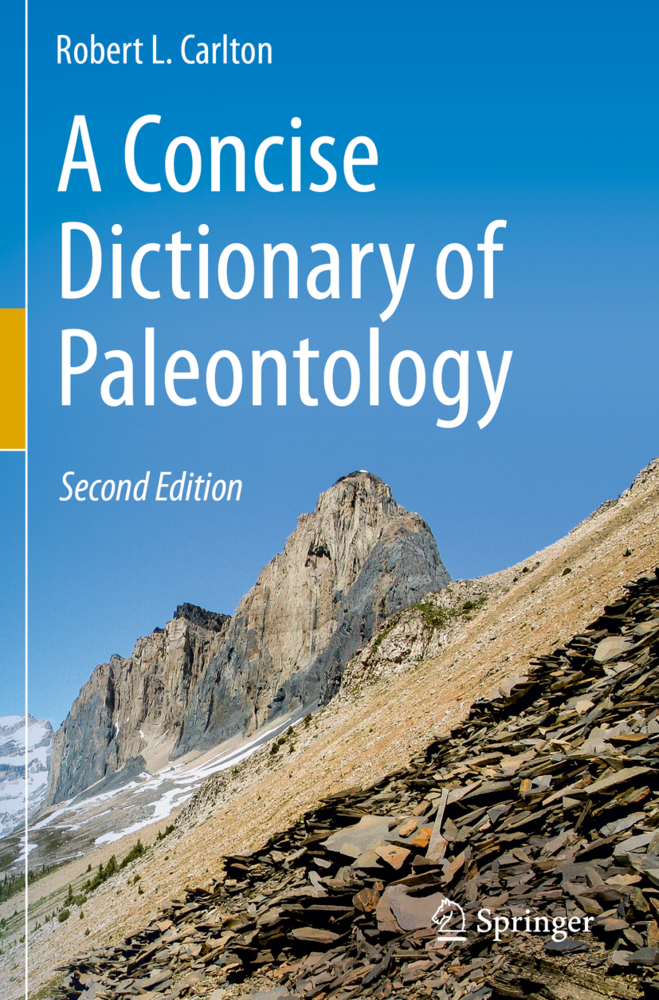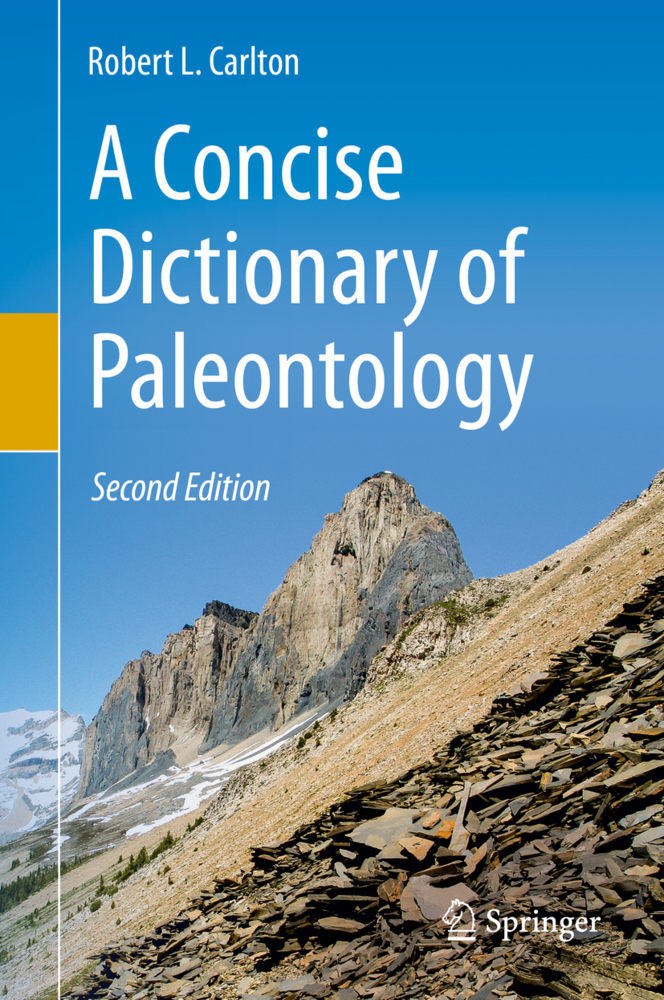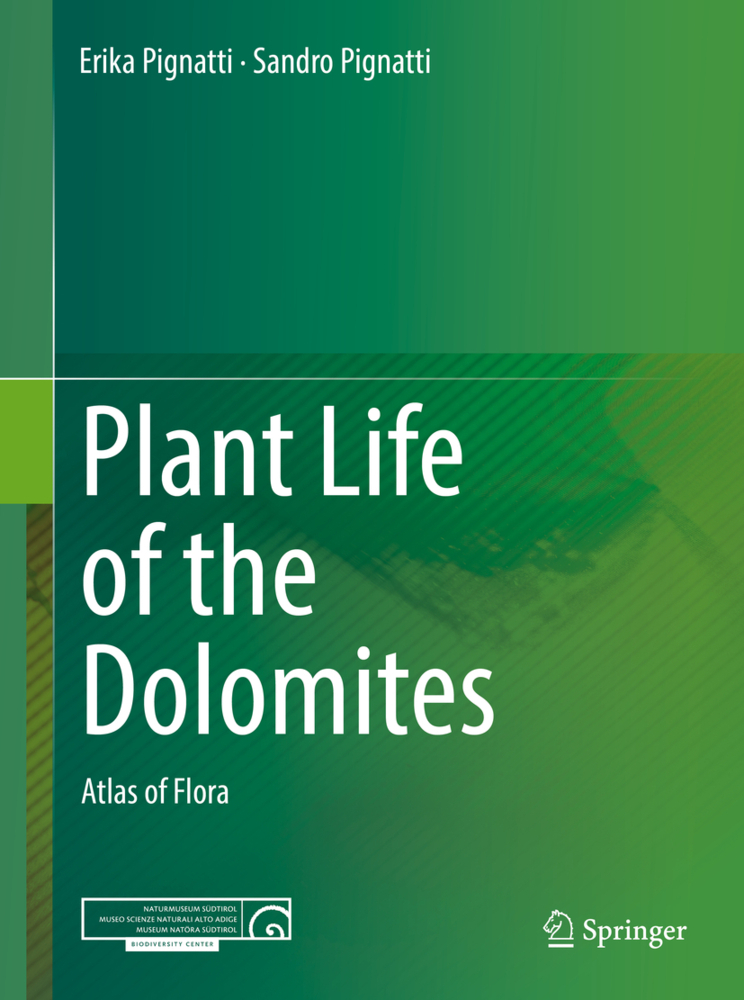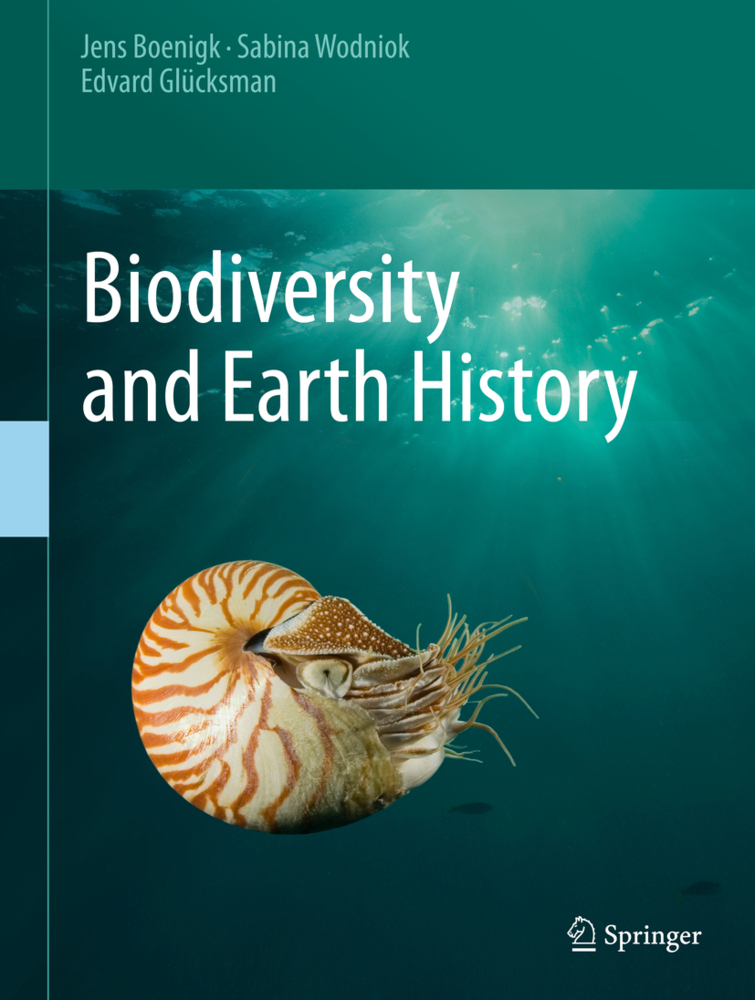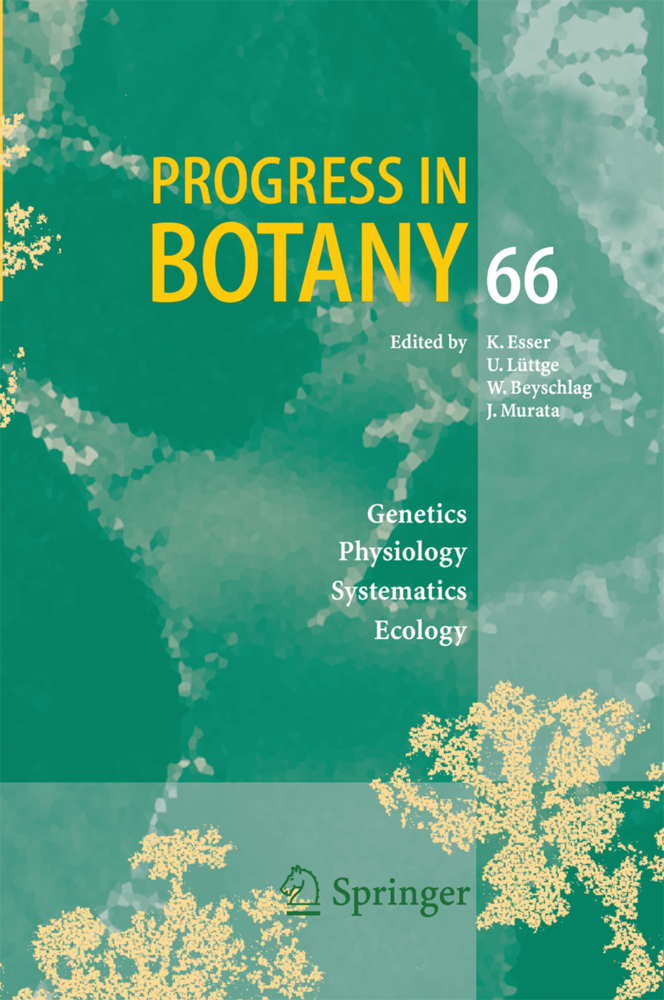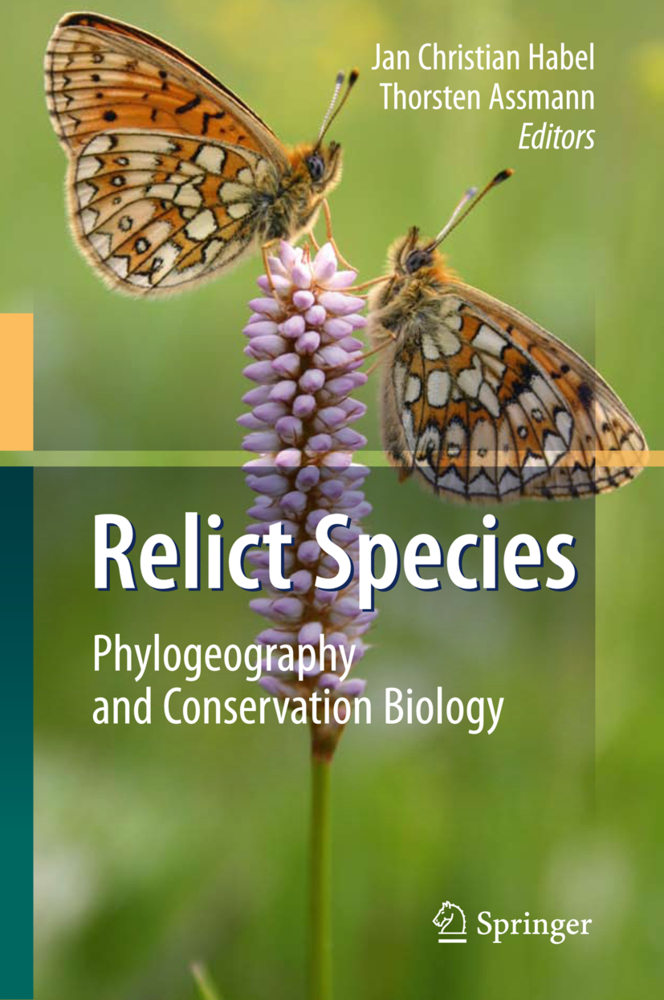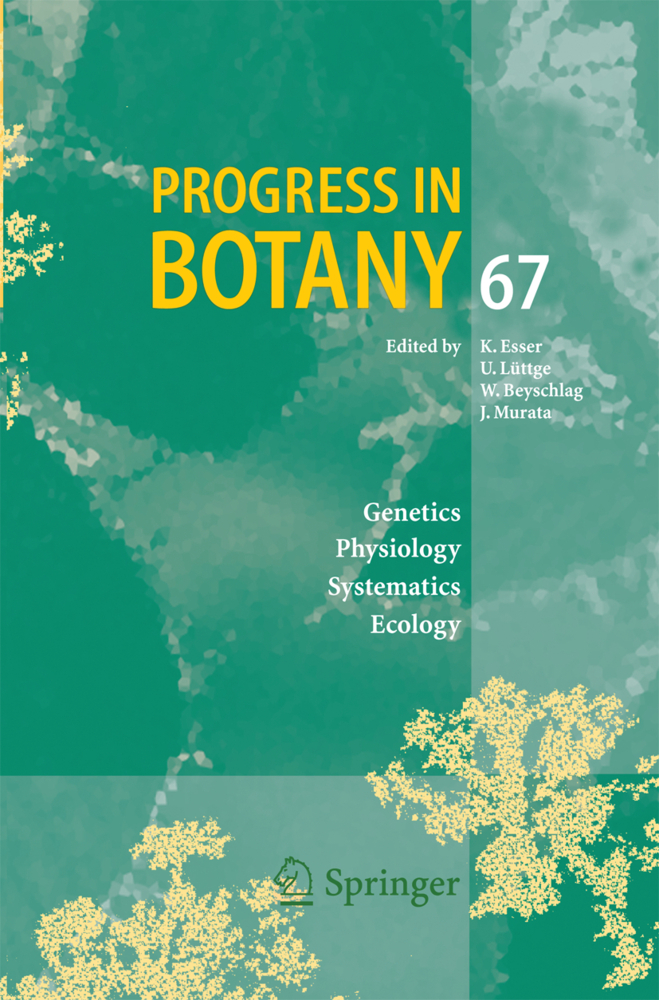Neotropical Diversification: Patterns and Processes
Neotropical Diversification: Patterns and Processes
This book provides a comprehensive overview of the patterns of biodiversity in various neotropical ecosystems, as well as a discussion on their historical biogeographies and underlying diversification processes. All chapters were written by prominent researchers in the fields of tropical biology, molecular ecology, climatology, paleoecology, and geography, producing an outstanding collection of essays, synthetic analyses, and novel investigations that describe and improve our understanding of the biodiversity of this unique region. With chapters on the Amazon and Caribbean forests, the Atlantic rainforests, the Andes, the Cerrado savannahs, the Caatinga drylands, the Chaco, and Mesoamerica - along with broad taxonomic coverage - this book summarizes a wide range of hypotheses, views, and methods concerning the processes and mechanisms of neotropical diversification. The range of perspectives presented makes the book a truly comprehensive, state-of-the-art publication on the topic,which will fascinate both scientists and general readers alike.
Chapter 2. Neotropical diversification: historical overview and conceptual insights
Chapter 3. Beyond refugia: New insights on Quaternary climate variation and the evolution of biotic diversity in tropical South America
Chapter 4. Tropical and subtropical in South America: a study of community turnover across environmental gradients
Chapter 5. Evolutionary macroecology and the geographical patterns of Neotropical diversification
Chapter 6. Evolutionary imprints on species distribution patterns across the Neotropics
Chapter 7. Avian diversity in humid tropical and subtropical south American forests, with a discussion about their related climatic and geological underpinnings
Chapter 8. Contrasting patterns of temporal diversification in Neotropical butterflies: An overview
Chapter 9. Diatom diversity and biogeography across tropical South America
Part 2. Regional biodiversity patterns and diversification processes
Chapter 10. The origin and evolution of Amazonian species diversity
Chapter 11. Patterns and processes of diversification in Amazonian white sand ecosystems: insights from birds and plants
Chapter 12. Human contribution to Amazonian plant diversity: legacy of pre-Columbian land use in modern plant communities
Chapter 13. On the young savannas in the land of ancient forests
Chapter 14. The diversification of extant Angiosperms in the South America dry diagonal
Chapter 15. Diversity, endemism, and evolutionary history of montane biotas outside the Andean region
Chapter 16. Patterns of species and lineage diversity in the Atlantic rainforest of Brazil
Chapter 17. Diversification in ancient and nutrient-poor Neotropical ecosystems: how geological and climatic buffering have shaped plant diversity in some of the world's neglected hotspots
Chapter 18. Bioregions of Eastern Brazil, based on vascular plant occurrence data
Chapter 19. Forests diversity in the Mexican neotropics: A paleocological view
Chapter 20. Historical biogeography of Caribbean plants revises regional paleogeography
Part 3. Taxon-based local and regional studies
Chapter 21. Amphibians and reptiles of Venezuelan Guayana: diversity, biogeography and conservation
Chapter 22. Origin of elevational replacements in a clade of nearly flightless birds - most diversity in tropical mountains accumulates via secondary contact following allopatric speciation
Chapter 23. Clade-specific biogeographic history and climatic niche shifts of the southern Andean-southern Brazilian disjunction in plants
Chapter 24. Biotic and landscape evolution in an Amazonian contact zone: insights from the herpetofauna of the Tapajós River basin
Chapter 25. Diversification processes in lizards and snakes from the middle São Francisco River dune region
Chapter 26. Unexpected beta-diversity radiations in highland clades of Andean Terraranae frogs
Chapter 27. Disparate patterns of diversification within Liolaemini lizards
Chapter 28. Diversification history of Neotropical Lecythidaceae, an ecologically dominant tree family of Amazon rain forest
Part 4. IV. Epilogue
Chapter 29. Conservation in the Neotropics - a final reflection.
Chapter 1. Introduction
Part 1. Neotropical diversity and diversificationChapter 2. Neotropical diversification: historical overview and conceptual insights
Chapter 3. Beyond refugia: New insights on Quaternary climate variation and the evolution of biotic diversity in tropical South America
Chapter 4. Tropical and subtropical in South America: a study of community turnover across environmental gradients
Chapter 5. Evolutionary macroecology and the geographical patterns of Neotropical diversification
Chapter 6. Evolutionary imprints on species distribution patterns across the Neotropics
Chapter 7. Avian diversity in humid tropical and subtropical south American forests, with a discussion about their related climatic and geological underpinnings
Chapter 8. Contrasting patterns of temporal diversification in Neotropical butterflies: An overview
Chapter 9. Diatom diversity and biogeography across tropical South America
Part 2. Regional biodiversity patterns and diversification processes
Chapter 10. The origin and evolution of Amazonian species diversity
Chapter 11. Patterns and processes of diversification in Amazonian white sand ecosystems: insights from birds and plants
Chapter 12. Human contribution to Amazonian plant diversity: legacy of pre-Columbian land use in modern plant communities
Chapter 13. On the young savannas in the land of ancient forests
Chapter 14. The diversification of extant Angiosperms in the South America dry diagonal
Chapter 15. Diversity, endemism, and evolutionary history of montane biotas outside the Andean region
Chapter 16. Patterns of species and lineage diversity in the Atlantic rainforest of Brazil
Chapter 17. Diversification in ancient and nutrient-poor Neotropical ecosystems: how geological and climatic buffering have shaped plant diversity in some of the world's neglected hotspots
Chapter 18. Bioregions of Eastern Brazil, based on vascular plant occurrence data
Chapter 19. Forests diversity in the Mexican neotropics: A paleocological view
Chapter 20. Historical biogeography of Caribbean plants revises regional paleogeography
Part 3. Taxon-based local and regional studies
Chapter 21. Amphibians and reptiles of Venezuelan Guayana: diversity, biogeography and conservation
Chapter 22. Origin of elevational replacements in a clade of nearly flightless birds - most diversity in tropical mountains accumulates via secondary contact following allopatric speciation
Chapter 23. Clade-specific biogeographic history and climatic niche shifts of the southern Andean-southern Brazilian disjunction in plants
Chapter 24. Biotic and landscape evolution in an Amazonian contact zone: insights from the herpetofauna of the Tapajós River basin
Chapter 25. Diversification processes in lizards and snakes from the middle São Francisco River dune region
Chapter 26. Unexpected beta-diversity radiations in highland clades of Andean Terraranae frogs
Chapter 27. Disparate patterns of diversification within Liolaemini lizards
Chapter 28. Diversification history of Neotropical Lecythidaceae, an ecologically dominant tree family of Amazon rain forest
Part 4. IV. Epilogue
Chapter 29. Conservation in the Neotropics - a final reflection.
Rull, Valentí
Carnaval, Ana Carolina
| ISBN | 978-3-030-31169-8 |
|---|---|
| Artikelnummer | 9783030311698 |
| Medientyp | Buch |
| Copyrightjahr | 2021 |
| Verlag | Springer, Berlin |
| Umfang | X, 820 Seiten |
| Abbildungen | X, 820 p. 150 illus., 126 illus. in color. |
| Sprache | Englisch |

